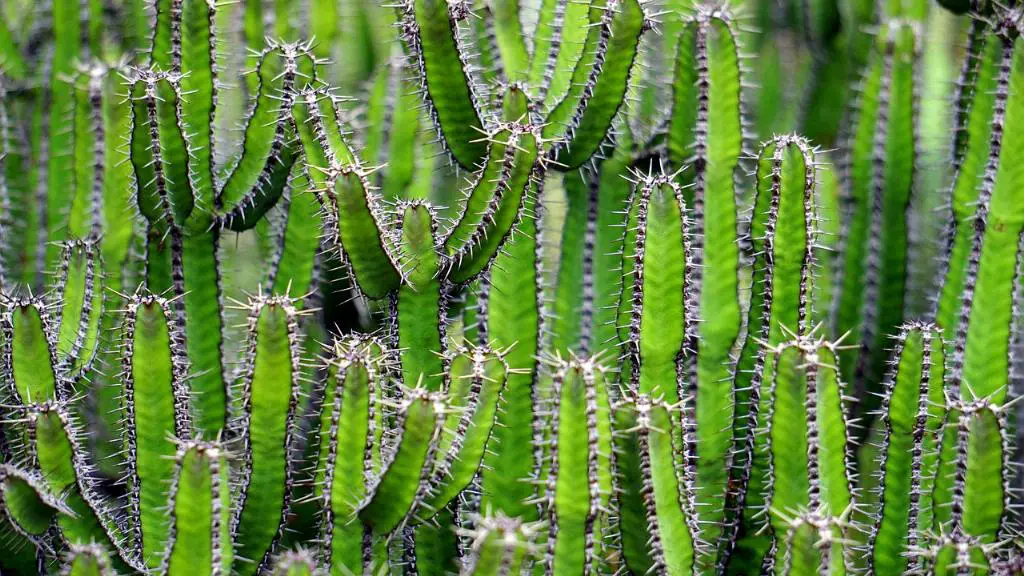When it comes to planting and growing succulents, there are several essential tips to keep in mind to ensure your plants thrive. One of the most crucial factors to consider is water. Succulents are known for their water-retaining capabilities, so it’s important to go easy on the water to prevent root rot.
Another key aspect of succulent care is the type of container you use. It’s best to plant succulents in containers with drainage holes to allow excess water to escape. This helps prevent waterlogging, which can be detrimental to succulents’ health.
Equally important is the soil in which you plant your succulents. Well-drained soil is essential for succulents, as it helps prevent water from pooling around the roots. A sandy, well-aerated soil mix is ideal for promoting healthy root growth and preventing root rot.
When it comes to temperature, succulents prefer to be kept comfortably warm. While they can tolerate some heat, they are not as resilient as cacti to extreme temperatures. It’s essential to provide them with a stable, moderate temperature to ensure their well-being.
Proper sunlight exposure is crucial for succulents to thrive. To keep their colors vibrant and promote healthy growth, it’s important to give them adequate sunlight. Place them in a location where they can receive plenty of bright, indirect light.
During the winter months, succulents may enter a period of dormancy. This is a natural response to the changing seasons, and it’s essential to let them rest during this time. Reduce watering and limit exposure to extreme cold to help them conserve energy.
While indoor care is essential for succulents, they can also benefit from spending time outdoors. If weather permits, consider moving your succulents outside during the warmer months to give them a breath of fresh air and natural sunlight.
When planting succulents, it’s crucial to choose the right type of plants for your space. Consider factors such as light exposure, temperature, and humidity levels to select succulents that will thrive in your environment.
Regular monitoring and observation are key to successful succulent care. Keep an eye on your plants for signs of overwatering, underwatering, pests, or disease. Address any issues promptly to prevent them from impacting the health of your succulents.
As your succulents grow, they may require occasional repotting to provide them with fresh soil and more room to spread their roots. Repot your succulents when they outgrow their containers or if you notice signs of overcrowding or poor drainage.
Pruning and grooming your succulents can help promote healthy growth and maintain their appearance. Remove dead or damaged leaves, stems, or flowers to encourage new growth and prevent the spread of disease or pests.
By following these tips and guidelines for planting and growing succulents, you can create a thriving and beautiful succulent garden that brings joy and beauty to your home or garden.

